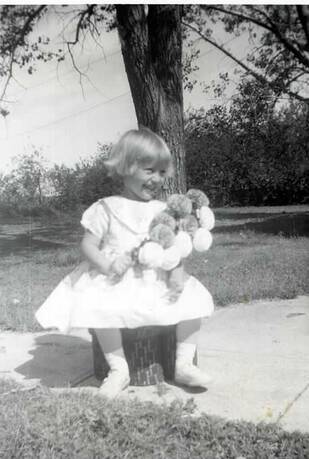 Here is a photo outside our first home in Fredonia. I'm not sure what the occasion for flowers, albeit fake ones, was. Photos were saved for special occasions. 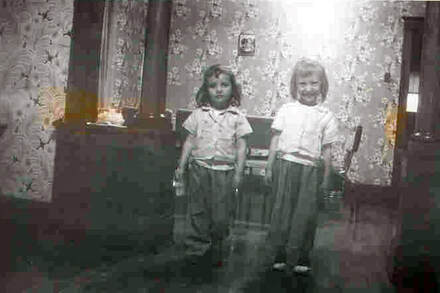 My sister and I in the coolest house ever. I do not recall that crazy floral wall paper, but I loved those columns. It's time to celebrate another year traveling around the sun and all I could think about is "I wish I could call my mom." After all, without her, I wouldn't be here. She's not with us anymore and I can't express how many times I say to myself, "I have to call my mom."
It was a pleasant and low-key weekend with the exception of a visit from Lucy and Oliver (and their parents) on Sunday. We baked and ate to our heart's content. It was all good. The farther from my childhood I travel, the closer the memories of those days become. Working with a variety of ages can be a challenge. Someone pointed out to me that I am 40 years older than some of our youth directors. Nice. Thanks for the reminder. I already feel like I am fading, fading, fading from the workforce. IT'S A GOOD THING. I'm ready to turn the world over to people with new ideas and energy. I want to focus on my creative side and writing. Something I cannot accept easily is how difficult it is to be a child in today's world. Yes, I have grandchildren that are even younger than the people I work with. The stories I hear. With social media and cell phones, they will never ever experience the freedom we had as children. When walking to school the biggest danger to our lives was only what we could cook up in our own minds. Playing make-believe and climbing trees. Pretending to jump off a cliff that I later realized was a mere rise in the schoolyard. But add an enormous snowbank and some recesses and we were having a ball. We would stop and watch the birds in the fields, flush crayfish from their homes in the slough we passed by; picked Pasque flowers in the spring when the earth was waking up. I loved to go to school in the chill of the morning and break the thin layers of ice coating the water puddles. The cracking sound, the crooked spider-web designs all the while trying not to get my shoes wet. You know, I probably only owned one pair at that time. We knew all the children in town and either played together or not, depending on the day. Yes, there was one youngster in my class that licked the flag pole. It must have been really painful cause he couldn't talk very well until it healed. We took turns putting up the flag, taking it down at the end of the day and folding it properly for storage. Once school was out we experienced summer to its fullest. From the time we got up in the morning until supper, we ran wild around the town. Everything seemed so large and city blocks seemed so long. Nowadays, everyone is under lock and key and followed by cameras and never going anywhere without a "snack." There's no real dark, or quiet anymore; ours is a world far removed from the electronic age. Boy, where do we go from here? Because I need to get back to work, I have to end my reminiscing and make use of this tool that allows me to connect with people miles apart. My plan, however, is to disconnect as soon as possible and go back to the garden. The best part of my birthday is timing. The end of March, the weather warming. Time to look for April showers and think about planting veggies and flowers. Until next time.
1 Comment
It's Kuchen Season -- and we broadcast a Main Street Eats episode all about kuchen on Thursday, March 21. I promised to share my recipe and so here we go.
So here goes. The two photos are Marion and myself baking kuchen for Sheena's wedding... we made a ton of kuchen that day using my Grandmother Emma Meidinger's recipe. I used to keep it to myself, but I don't think she would have appreciated me not sharing - so here goes. Grandma Meidinger’s Kuchen Dough 1 Cup Warm Water 1 Teaspoon Sugar 2 Packages Yeast 1 Cup Milk 3 Eggs (beaten) 6 Tablespoons Shortening ¾ cup sugar 1 Teaspoon Salt 6 Cups Flour Dissolve sugar and yeast in one cup water. Scald milk. Pour into large bowl; add shortening, sugar, and salt. Cool. Mix in two cups flour, then proofed yeast, and rest of flour. Let rise three times. Divide dough into about 12 pieces, press into greased round pie tins, or cake pans. Top with well-drained fruit, cottage cheese or filling of your choice. Cover with pudding and crumb topping. Bake at 350 degrees until crust is nicely browned. Pudding: 6 Eggs Beaten 3 Cups Milk 1 Cup Cream 2 Cups Sugar ½ Cup Flour Mix sugar and flour. Add the cream, milk and eggs. Cook over low heat, stirring all the while until mixture comes to a boil and thickens, remove from heat, continue to stir until pudding cools a bit. Crumb Topping 1 Cup Flour 1 Cup Sugar Add butter until crumbly (Mix like pie crust) Cinnamon to taste We can't see too much green with all the snow of late, but that won't stop us from joining all Irish in celebrating St. Patrick's Day on Sunday, March 17.
Not being Irish, I can only attempt to celebrate St. Patrick’s Day in a traditional manner. First off, I just read that the Irish call March 17 Paddy’s Day. No saint involved. It’s a difficult pattern to break. On the other hand, it’s not too difficult to enjoy the cuisine of Paddy’s Day, cause it’s really some of my favorite. Without relatives of Irish descent I had to rely on the internet for information about food and facts about St. Pat… opps Paddy’s Day. No corned beef and cabbage for the Irish – that’s an American-Irish tradition. Corned beef aside, I’m all about a fried Irish breakfast. From this website http://dish.allrecipes.com/irish-recipes-for-st-patricks-day/ I learned about this traditional breakfast of a few slices of bacon (called rashers), fried tomatoes, black pudding (blood sausage), brown soda bread, and a huge pot of tea. IRISH FRIED BREAKFAST Ingredients:
1. Lay the bacon slices in a single layer in a large skillet. Fry over medium heat until it begins to get tinged with brown. Fry on both sides. Remove from pan, but save grease. 2. Melt butter in skillet. Crack eggs into pan, being careful not to break yolks. Place tomato slices, mushrooms, and bread in pan. Fry gently, stirring mushrooms and tomatoes occasionally. Keep everything separate. Turn bread over to brown on both sides. 3. When egg whites are set, but yolks are still runny, dish half of everything onto each of 2 warmed plates, and serve immediately. My personal baking experiments include soda bread; and I did try this brown soda bread recipe. It’s okay, but much heavier with whole wheat than the traditional white wheat loaf. And, it’s a big batch. It's traditionally made into a round loaf with a cross etched in the center to keep the fairies out! I am not sure why or where those fairies light? But the cross is nice. IRISH BROWN SODA BREAD Ingredients:
1. Preheat oven to 425 degrees F (220 degrees C). Lightly grease two baking sheets. 2. In a large bowl, stir together whole wheat flour, white flour, rolled oats, baking soda and salt. Gently mix in the buttermilk until a soft dough is formed. Knead very lightly. Divide dough into 4 pieces; form into rounded flat loaves. Mark each loaf with an 'X' and place on prepared baking sheets. 3. Bake in preheated oven until golden brown, about 30 to 45 minutes. SOURCE: https://www.allrecipes.com/recipe/17873/irish-brown-soda-bread/ Then there’s scones. I love scones. Not the mushy ones you can find in coffee shops, but the crispy on the outside, tender in the inside scones. This recipe makes a large batch of scones which I read are not triangle shaped in Ireland, but round like biscuits. Gemma's Best Ever Irish Scones SOURCE: https://www.biggerbolderbaking.com/best-ever-irish-scones/ Author: Gemma Stafford Ingredients
1. In a large mixing bowl, add self raising flour . 2. Using a cheese grater, grate the butter in until it is all gone. (alternatively using a pastry cutter, cut/rub butter into flour until fully crumbed and resembles course breadcrumbs. 3. Stir in raisins, baking powder and sugar. 4. In a small mixing bowl, whisk eggs and milk and until thoroughly combined. Pour mix into flour mix and stir until a soft dough is formed. Transfer dough to a floured surface and press to 1 1/2 inch thick. (if your scones are not forming a dough add a little more liquid) 5. Cut scones out with a round 3 inch cookie cutter. 6. Place cut scones onto a baking tray lined with parchment. 7. Gather remaining dough in a ball, re-flatten then cut scones from dough. Repeat until entire batch of dough is cut into scones. If you have a little excess dough left, just pat it onto the top of the scones. 8. Bake at 425oF (210oC) for roughly 22-26 minutes. In the video I said 12 minutes but to get them really golden brown you will want to bake for longer. Cool on wire rack. 9. Serve warm or fully fully cooled with butter, jam, or fresh cream. For dessert, I found an apple tart recipe from the Kerry Gold website. If you haven’t had Kerry Gold butter, I would recommend that over a rasher of bacon if you are deviating from your diet on Sunday, March 17. APPLE TART Ingredients
Directions: The sublime supper favorite, homemade apple tart evokes childhood memories of granny’s magical kitchen, filled with sugar-coated treats. Keep it traditional with apples or try seasonal fruits such as blueberries or the classic culinary pair of rhubarb and strawberry. 1. Master the perfect pastry with luxurious Kerrygold butter. Sift the flour and icing sugar into a bowl. Work in the butter with a knife and mix in the egg yolks with just enough ice-cold water so the dough comes together. Wrap up in cling film and let it chill for 30 minutes. 2. Preheat the oven to 190°C (375°F), Gas Mark 5. Give the work surface a light dusting of flour. Split the pastry into two portions, one a little larger than the other. Roll out the bigger bit until it’s 30cm (12in) in diameter and line a 20cm (8in) deep dish pie plate or 23cm (9in) flat pie plate, gently pressing into the corners with your thumb. Knock the sides with a round-bladed knife to give a decorative finish and place back in the fridge to chill while you prepare the apples. 3. Peel, core, and slice the apples. Place in a large bowl with all but one tablespoon of the caster sugar and the cinnamon and cloves. Brush the edge of the pastry with a little milk. Mix the apple filling together, then stuff into the lined pie dish. Roll out the second piece of pastry into a circle slightly larger than the pie dish and position to cover the apples. Press the edges together to seal, then use a sharp knife to cut away any excess. 4. Great pastry calls for a decorative finish. Crimp the edges of the tart with a round-bladed knife using your fingers as a guide and then roll out the pastry scraps and cut into leaf shapes. Brush with milk and stick on top of the pie and sprinkle with the rest of the sugar. Bake for 25-30 minutes, then reduce the oven temperature to 180°C (350°F), Gas Mark 4 and bake for 20-25 minutes until golden brown. 5. To serve, allow the apple tart to settle for at least 5 minutes, then cut into slices and arrange on plates. In our rule book, the chef deserves a second helping. Should you be so inclined to drink too much in celebration of Paddy’s Day, you can stave off that hangover by drinking a flat 7-up and having a crisp sandwich. All you need is buttered white bread and some Irish potato crisps. So have some fun with green on Sunday and do a little weekend baking in celebration of St. Patrick. Winter saves some space for gardeners to read. And, what else would we read about except food and gardening. So here are some great books to savor until spring; which we hope is right around the corner.
You will find these books and many more on my bookshelf. Animal, Vegetable, Miracle: A Year of Food Life, by Barbara Kingsolver This family spends a year getting back to the “simpler” life, eating only what they or others they know personally grow. Kingsolver writes the main material, her husband throws in a few sidebars with interesting facts and figures about agribusiness, and her daughter includes some great recipes. While she’s a bit preachy at times, and sometimes overly detailed explanations, her desire is really to help people get back to community sustainable agriculture, and she gives a vivid picture for how this has happened or her family. The Winter Harvest Handbook: Four Season Vegetable Production Using Deep-Organic Techniques and Unheated Greenhouses, by Eliot Coleman Barbara Damrosch (Photographer) Choosing locally grown organic food is a sustainable living trend that's taken hold throughout North America. Celebrated farming expert Eliot Coleman helped start this movement with "The New Organic Grower" published 20 years ago. He continues to lead the way, pushing the limits of the harvest season while working his world-renowned organic farm in Harborside, Maine. Dirt to Soil by Gabe Brown Gabe Brown didn’t set out to change the world when he first started working alongside his father-in-law on the family farm in North Dakota. But as a series of weather-related crop disasters put Brown and his wife, Shelly, in desperate financial straits, they started making bold changes to their farm. Brown—in an effort to simply survive—began experimenting with new practices he’d learned about from reading and talking with innovative researchers and ranchers. As he and his family struggled to keep the farm viable, Charles Dowding’s Vegetable Garden Diary: No Dig, Healthy Soil, Fewer Weeds, 2nd Edition2nd Edition An illustrated full-color gardener’s journal with perpetual diary―75% advice on how to grow great crops, 25% writing space for each day of the year―a manual to inform and inspire, from a no-dig pioneer and one of Britain's most trusted vegetable gardeners Here is a hidden gem called, “The Ruth Stout No-Work Garden Book: Secrets of the Famous Year-Round Mulch Method” by Ruth Stout. This book was published when I was in high school and retailed for $1.25ish. I had to dig pretty deep to find a copy and ended up paying about $25 in an online second-hand shop. If you are in a hurry to catch the drift of this woman’s unique method of gardening check out the actual video of her speaking to her simple method of a no-work garden at the top of the post. And finally, from my favorite see company Prairie Road Organics a book called, “Deeply Rooted: Unconventional Farmers in the Age of Agribusiness” byLisa M. Hamilton If you skip to the last chapters of this book, you will find the story of the Podall family from Fullerton. A century of industrialization has left our food system riddled with problems, yet for solutions we look to nutritionists and government agencies, scientists and chefs. Lisa M. Hamilton asks: Why not look to the people who grow our food? So read on my friends. The books never stop at our house, even in the summer months. |
Sue B. Balcom
Writing, or maybe talking, comes naturally to me and under the guidance of a great newspaper editor I have acquired skills that led me to author four books. Archives
January 2023
Categories |
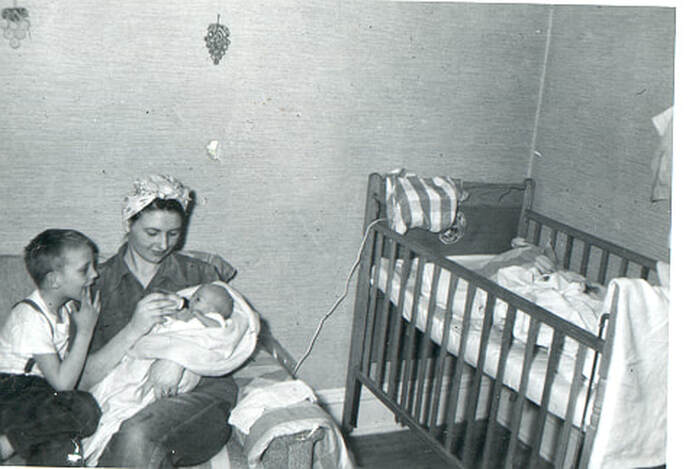
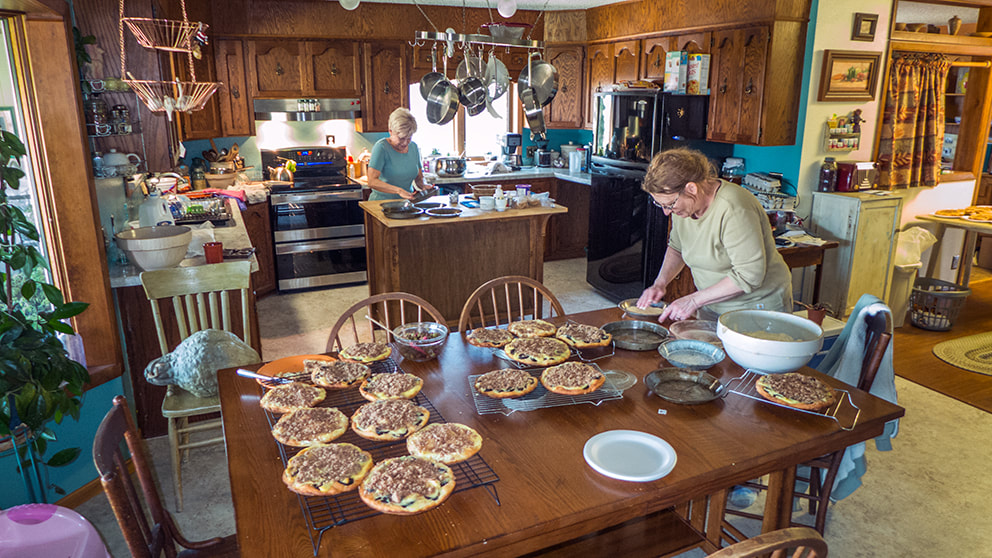
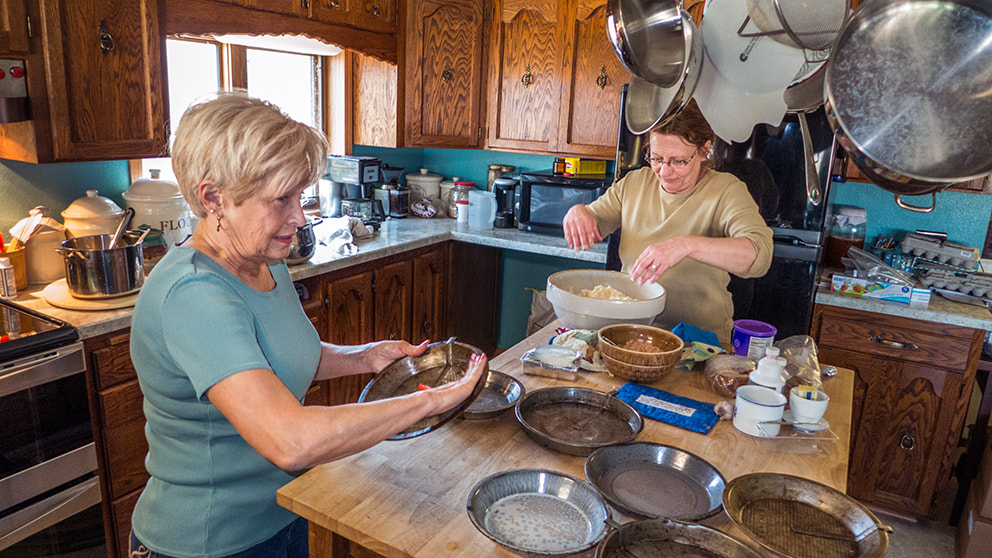
 RSS Feed
RSS Feed